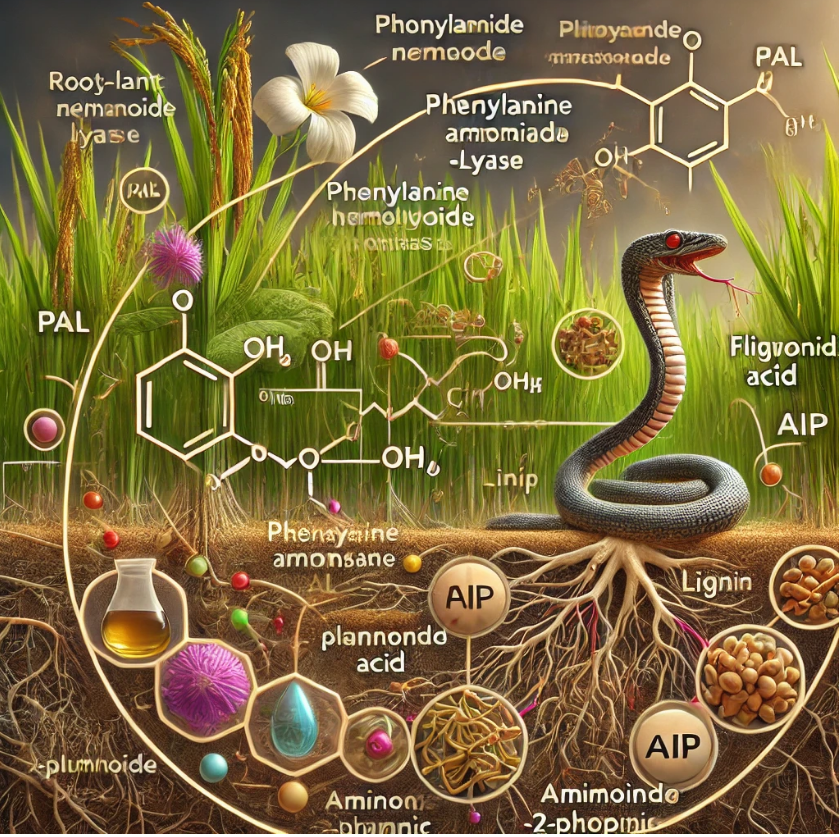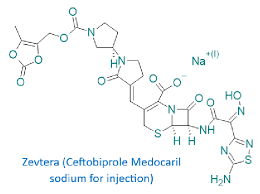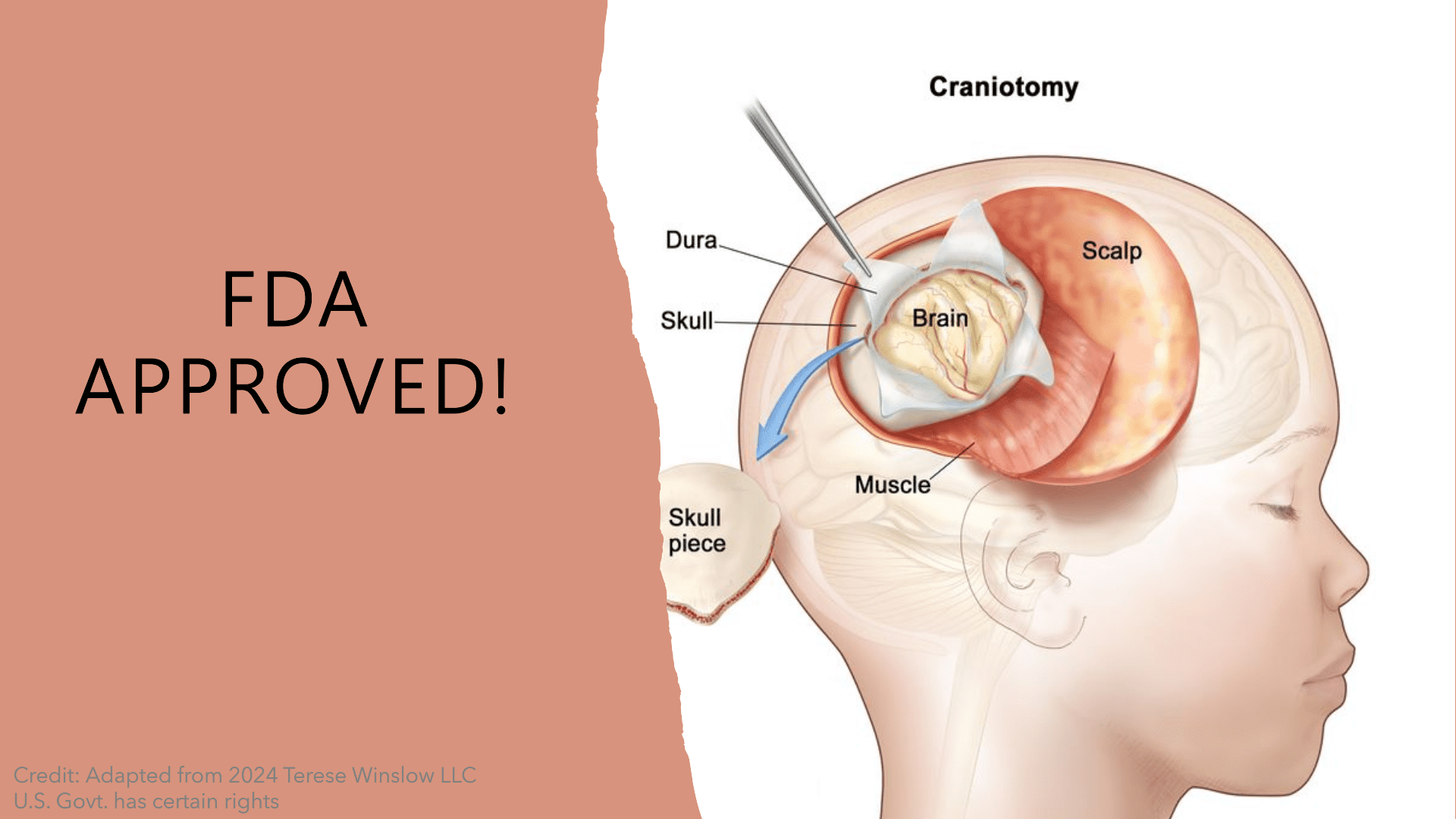Harnessing AIP: A Sustainable Breakthrough in Enhancing Rice Defences Against Pathogens
Abstract
The discovery of aminoindan-2-phosphonic acid (AIP) as a defence inducer in rice presents a significant breakthrough in plant immunity and crop protection strategies. While traditionally seen as an inhibitor of the phenylalanine ammonia-lyase (PAL) enzyme, AIP unexpectedly enhances rice defences against pathogens like the root-knot nematode Meloidogyne graminicola. This is primarily achieved by activating the jasmonic acid (JA) signalling pathway, which promotes the production of antimicrobial compounds such as flavonoids and diterpenoid phytoalexins. These findings suggest that AIP can be a valuable tool in reducing reliance on chemical pesticides, offering a more sustainable, eco-friendly approach to crop protection. Additionally, AIP’s potential to enhance plant resistance against a broad spectrum of pathogens positions it as a promising component of integrated pest management (IPM) systems. Continued research on AIP and its mechanisms could lead to innovative solutions for global food security challenges.
Introduction to Plant Pathogen Defence Mechanisms
Plants, like animals, face constant threats from pathogens, which include bacteria, fungi, viruses, and nematodes. Over millions of years, plants have evolved sophisticated defence mechanisms to protect themselves from these invaders. One of the key systems in plant defence is the phenylpropanoid pathway, which produces a variety of compounds essential for plant structure, growth, and defence responses. Central to this pathway is the enzyme phenylalanine ammonia-lyase (PAL), which plays a crucial role in converting phenylalanine into cinnamic acid, the first step in the production of secondary metabolites, including lignin, flavonoids, and phytoalexins. The phenylpropanoid pathway not only supports structural integrity by producing lignin but also generates phytoalexins, which are antimicrobial compounds that help fend off invading pathogens. This pathway is thus vital for plant immunity. PAL is often considered the gateway enzyme to plant defence, as it catalyzes the first committed step in this biochemical pathway. When plants detect an attack from pathogens, PAL activity is typically upregulated, leading to an increase in the production of defence-related compounds. One of the most challenging pathogens for crops, especially rice, is the root-knot nematode (Meloidogyne graminicola). These nematodes penetrate plant roots, causing the formation of galls, which hinder nutrient uptake and water flow, leading to reduced crop yields. Root-knot nematodes are responsible for significant agricultural losses globally, particularly in rice cultivation, which is a staple crop for billions of people. Given the significant threat posed by these nematodes, understanding and enhancing plant defence mechanisms is critical. Research has shown that PAL is essential in the defence against nematodes and other pathogens. For example, mutations that reduce PAL activity often result in increased susceptibility to pathogens, as the plants are unable to produce sufficient defence compounds . Conversely, enhancing PAL activity can bolster plant resistance to diseases, making it a target of interest for developing resistant crop varieties. Interestingly, while PAL is generally associated with increased plant immunity, recent studies have explored the effects of PAL inhibitors on plant defence. In particular, a compound known as aminoindan-2-phosphonic acid (AIP), a competitive inhibitor of PAL, has been investigated for its role in plant-pathogen interactions. Despite inhibiting PAL, AIP was found to reduce the infection of rice by the root-knot nematode. This surprising discovery suggests that AIP might trigger alternative defence mechanisms, potentially involving other biochemical pathways, such as the jasmonic acid (JA) signalling pathway, which plays a key role in plant immune responses. In conclusion, the phenylpropanoid pathway and its key enzyme, PAL, are critical components of plant defence systems. Understanding how these pathways can be manipulated, either through genetic modification or chemical inhibitors like AIP, offers promising strategies for enhancing crop resistance to pathogens. This is particularly important for rice cultivation, where nematode infections can severely impact food security.
In conclusion, the phenylpropanoid pathway and its key enzyme, PAL, are critical components of plant defence systems. Understanding how these pathways can be manipulated, either through genetic modification or chemical inhibitors like AIP, offers promising strategies for enhancing crop resistance to pathogens. This is particularly important for rice cultivation, where nematode infections can severely impact food security.
Understanding the Role of AIP in Inducing Plant Defences
Aminoindan-2-phosphonic acid (AIP) is a synthetic compound known for its ability to inhibit phenylalanine ammonia-lyase (PAL), a critical enzyme in the phenylpropanoid pathway of plants. This pathway is essential for producing several plant defence compounds, such as flavonoids, lignin, and phytoalexins, which help plants defend against various pathogens. By inhibiting PAL, AIP was initially expected to weaken the plant's immune response. However, recent research has demonstrated that AIP surprisingly enhances plant defence, particularly against root-knot nematodes, such as Meloidogyne graminicola, in rice. When rice plants were treated with AIP, the study observed a significant reduction in nematode infection compared to untreated plants. This was measured by a decrease in the number of galls and nematodes in the roots of AIP-treated plants. These findings are particularly noteworthy because root-knot nematodes cause considerable agricultural damage by interfering with the plant’s ability to absorb water and nutrients, leading to stunted growth and reduced yields. The mechanism behind AIP’s ability to enhance plant defence, despite being a PAL inhibitor, is linked to alternative pathways, primarily the jasmonic acid (JA) signalling pathway. The JA pathway is well known for regulating plant responses to biotic stress, including nematode infections. AIP treatment was found to induce the accumulation of jasmonates, which are plant hormones involved in defence responses, in the roots of rice plants. This JA accumulation enhances the production of other defence-related compounds, such as antimicrobial flavonoids and diterpenoid phytoalexins, which are crucial in protecting plants from pathogens. Thus, AIP, though originally seen as a compound that would weaken plant defence by inhibiting PAL, instead induces a robust defence response by activating alternative pathways, particularly the jasmonic acid signalling pathway, which enhances the plant's ability to fend off nematodes.AIP's Impact on Rice Metabolism and Gene Expression
The application of AIP (aminoindan-2-phosphonic acid) to rice plants has been found to induce significant metabolic and transcriptional changes, enhancing the plant's defence mechanisms against pathogens. Despite its role as an inhibitor of the PAL enzyme, AIP stimulates complex molecular responses that boost the plant's immune system through pathways that bypass or even compensate for the inhibited phenylpropanoid pathway. One of the key observations after AIP treatment is its effect on the jasmonic acid (JA) signalling pathway. AIP significantly increases the levels of jasmonates—hormones crucial for activating plant defences. In rice roots, JA accumulation was observed to trigger the production of defence-related compounds such as flavonoids and diterpenoid phytoalexins. These compounds play an essential role in plant immunity by acting as antimicrobial agents and reinforcing plant cell walls against pathogen invasion. AIP also causes the upregulation of numerous defence-related genes. Transcriptomic analyses revealed that AIP-treated rice plants show increased expression of genes involved in the phenylpropanoid pathway, despite the inhibition of PAL. This paradoxical result might be explained by a feedback mechanism that attempts to counteract the suppression of PAL activity by producing more transcripts for PAL and other related enzymes. Genes involved in jasmonate biosynthesis and signalling, such as AOS2 and JAMyb, were also found to be significantly upregulated. Moreover, AIP alters the rice plant's metabolic profile by increasing the accumulation of aromatic amino acids like phenylalanine, tyrosine, and tryptophan, which are upstream precursors in the phenylpropanoid pathway. Despite the suppression of PAL activity, the increase in these amino acids suggests a compensatory response in the plant’s metabolism. These metabolic and gene expression changes highlight AIP's ability to prime rice plants for enhanced resistance against nematodes and other pathogens by activating alternative pathways such as the jasmonic acid pathway. This dual effect of AIP—both inhibiting PAL and activating alternative defence mechanisms—offers a novel perspective on managing plant immunity.Practical Implications for Crop Protection
The use of AIP (aminoindan-2-phosphonic acid) as a defence inducer in rice has significant practical implications for sustainable crop protection. The ability of AIP to enhance rice defence against the root-knot nematode Meloidogyne graminicola offers a promising alternative to traditional chemical pesticides, which are often harmful to the environment and human health. AIP, by activating the plant’s own defence mechanisms, provides an eco-friendly approach to managing crop pests. One of the most promising aspects of AIP's application is its potential to reduce dependency on nematicides, which are chemical treatments currently used to control nematode infestations. Nematicides are known to be toxic to non-target organisms and can contaminate soil and water systems. AIP, on the other hand, enhances natural plant immunity, reducing the need for external chemical inputs. This not only contributes to more sustainable farming practices but also helps maintain soil health and biodiversity, which are crucial for long-term agricultural productivity. Furthermore, the mode of action of AIP—activating the jasmonic acid (JA) pathway and increasing the production of antimicrobial compounds like flavonoids and diterpenoid phytoalexins—suggests that it could be effective against a range of pathogens beyond nematodes, including fungi and bacteria. This broad-spectrum effect could make AIP a versatile tool in integrated pest management (IPM) systems, where multiple strategies are combined to reduce pest pressure while minimizing environmental impact. However, further research is needed to fully understand the long-term effects of AIP on plant health and yield. While the current findings are promising, questions remain about the consistency of AIP's effectiveness across different rice varieties and environmental conditions. Additionally, the economic feasibility of using AIP in large-scale agriculture needs to be assessed, as well as its impact on beneficial soil organisms. In conclusion, AIP represents a potential breakthrough in crop protection strategies, particularly for rice cultivation. By harnessing the plant’s natural defences, AIP could reduce reliance on harmful pesticides, contributing to more sustainable and resilient agricultural systems.Conclusion – A New Frontier in Plant Defence
The discovery that AIP (aminoindan-2-phosphonic acid), a known inhibitor of the phenylalanine ammonia-lyase (PAL) enzyme, can trigger enhanced defence responses in rice plants represents a significant breakthrough in plant pathology. Traditionally, PAL is viewed as a critical enzyme for plant defence due to its role in the phenylpropanoid pathway, which produces important secondary metabolites such as lignin, flavonoids, and phytoalexins that protect plants against a wide array of pathogens. The fact that inhibiting PAL with AIP can still enhance plant resistance, particularly against the root-knot nematode (Meloidogyne graminicola), challenges established assumptions and opens new avenues for research into plant immunity. This finding highlights the complexity and redundancy of plant defence systems. While AIP blocks the PAL pathway, it simultaneously activates alternative defence mechanisms, notably the jasmonic acid (JA) signalling pathway. Jasmonates, key hormones in plant stress responses, accumulate in AIP-treated plants, triggering the production of other defence compounds such as antimicrobial flavonoids and diterpenoid phytoalexins. This suggests that plants possess a high degree of flexibility in how they respond to pathogen attacks, with multiple pathways available to compensate for disruptions in one. The broader implications of these findings are significant for agriculture, particularly for crops like rice that are vulnerable to nematode infestations. The ability to induce strong natural defences in plants without relying on traditional chemical pesticides offers a more sustainable approach to crop protection. As global agriculture faces the dual challenges of increasing food production while reducing environmental impact, tools like AIP could play a crucial role in integrated pest management systems. Looking forward, research will need to focus on optimizing the use of AIP across different crops and environmental conditions. Additionally, understanding the full spectrum of its effects on plant metabolism and immunity will be crucial for developing effective, environmentally friendly agricultural practices.References
- Huang, J., Gu, M., Lai, Z., Fan, B., Shi, K., Zhou, Y.-H., & Chen, Z. (2010). Functional analysis of the Arabidopsis PAL gene family in plant growth, development, and response to environmental stress. Plant Physiology, 153(4), 1526-1538.
- Liu, J., Lefevere, H., Coussement, L., Delaere, I., De Meyer, T., Demeestere, K., Höfte, M., & Gheysen, G. (2024). The phenylalanine ammonia-lyase inhibitor AIP induces rice defence against the root-knot nematode Meloidogyne graminicola. Molecular Plant Pathology, 25, e13424.
- Nahar, K., Kyndt, T., De Vleesschauwer, D., Höfte, M., & Gheysen, G. (2011). The jasmonate pathway is a key player in systemically induced defence against root knot nematodes in rice. Plant Physiology, 157(1), 305-316.
- Vogt, T. (2010). Phenylpropanoid biosynthesis. Molecular Plant, 3(1), 2-20.
- Yadav, V., Wang, Z., Wei, C., Amo, A., Ahmed, B., Yang, X., & Zhang, X. (2020). Phenylpropanoid pathway engineering: An emerging approach towards plant defence. Pathogens, 9(4), 312.
- Zaynab, M., Fatima, M., Abbas, S., Sharif, Y., Umair, M., Zafar, M. H., & Bahadar, K. (2018). Role of secondary metabolites in plant defence against pathogens. Microbial Pathogenesis, 124, 198-202.
- Bano, S., Iqbal, E., Lubna, Zik-ur-Rehman, S., Fayyaz, S., & Faizi, S. (2020). Nematicidal activity of flavonoids with structure activity relationship (SAR) studies against root knot nematode Meloidogyne incognita. European Journal of Plant Pathology, 157(2), 299-309.
- Desmedt, W., Kudjordjie, E. N., Chavan, S. N., Zhang, J., Li, R., Yang, B., … & Höfte, M. (2022). Rice diterpenoid phytoalexins are involved in defence against parasitic nematodes and shape rhizosphere nematode communities. New Phytologist, 235(4), 1231-1245.
- Taheri, P., & Tarighi, S. (2010). Riboflavin induces resistance in rice against Rhizoctonia solani via jasmonate-mediated priming of phenylpropanoid pathway. Journal of Plant Physiology, 167(3), 201-208.



